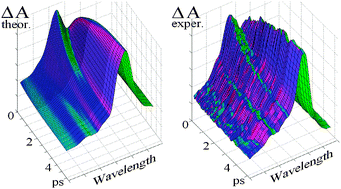Physical origins and models of energy transfer in photosynthetic light-harvesting
Abstract
We perform a quantitative comparison of different energy transfer theories, i.e. modified Redfield, standard and generalized Förster theories, as well as combined Redfield–Förster approach. Physical limitations of these approaches are illustrated and critical values of the key parameters indicating their validity are found. We model at a quantitative level the

- This article is part of the themed collection: Electronic energy transfer

 Please wait while we load your content...
Please wait while we load your content...